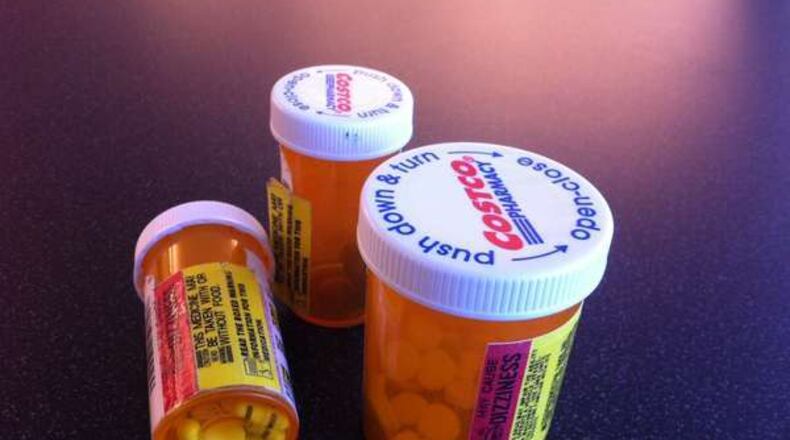Prescription drug spending rises every year, and even if you have health insurance that offers coverage, medication prices can take a big bite out of your budget. The following eight tips can help you cut down on the amount of money you spend on prescription drugs, so you can get the medication you need to stay healthy:
1. Know your formulary.
Insurance companies usually have what's called a formulary - a list of their preferred drugs. If your doctor prescribes a medication that's not listed on the formulary, your insurance plan may not cover its cost, leaving you to pay the entire amount out of pocket. Check with your insurer for a copy of its formulary, and if you run into a problem, talk with your doctor. He or she can sometimes switch you to a medication that's on the list and help you by asking the insurance company to make an exception.
2. Ask your doctor's office for samples.
Doctors' offices frequently receive samples of medications from pharmaceutical companies' representatives who are trying to promote their products. Many doctors' offices have small storage areas devoted to housing these samples. They're usually more than happy to check to see if your medication is available, but you often have to ask.
3. Shop around.
Prices for the same medication can vary widely from one retailer to another. Don't automatically get your prescriptions filled at your regular grocery or drug store. Instead, check prices at other locations, using goodrx.com as a starting point. Also look for stores that offer deals on entire lists of medication. Publix, for example, offers eight commonly prescribed medications for free. Several other stores, including Kroger and WalMart, have a list of medications that they offer for $4 each for a monthly supply. Kroger also offers a three-month supply for $10.
4. Don't forget warehouse clubs.
Warehouse clubs such as Sam's Club and Costco are located throughout the metro Atlanta area, and they're frequently very competitive on prescription drug prices. You don't even have to be a member to have your prescription filled there – just tell the employee at the door that you're going to the pharmacy.
5. Know when to skip insurance.
If you have prescription drug insurance, it can actually pay not to use it in some cases. If you're getting an inexpensive generic drug, for example, you may pay more if your pharmacist runs the prescription through using your insurance, since it may have a flat co-pay per prescription that's higher. You may have to specifically ask that your insurance information not be used, or ask if your prescription will be cheaper without it.
6. Look for coupons and rebates.
Many drug manufacturers offer coupons or rebates that help reduce the cost of medications, and they're available regardless of income. For example, the popular diabetes medication Januvia has an offer that lets you pay as little as $5 per prescription. These offers can be used repeatedly, and they're available to people who have private health insurance. Unfortunately, they usually can't be used with government programs like Medicare or Medicaid. Check for coupons for prescriptions you take regularly as well as when you get a new prescription. Simply look online for the drug's website and search for discounts, coupons or special offers.
7. Ask about a 90-day supply.
For medications that you take regularly, check to see if a 90-day prescription could save you money. This lets you use a mail-order pharmacy if you'd like, but make sure it's a reputable one. In addition, a 90-day supply of medication may cost you less out of pocket than three 30-day supplies, because you'll pay just one co-pay.
8. Keep an eye out for incentives.
Some retailers will offer incentives if you transfer a prescription from another pharmacy to theirs. This won't directly reduce your prescription costs, but it gives you a valuable reward. Rite Aid, for example, will frequently offer $25 in Plenti points (which can even be used at partners such as Macy's) if you transfer a prescription from another pharmacy. Look for these coupons in the Sunday circulars or online. If you do this, try to keep your prescriptions at one pharmacy if possible so the pharmacist can alert you about any potential drug interactions when you're prescribed something new.
About the Author
Keep Reading
The Latest
Featured


